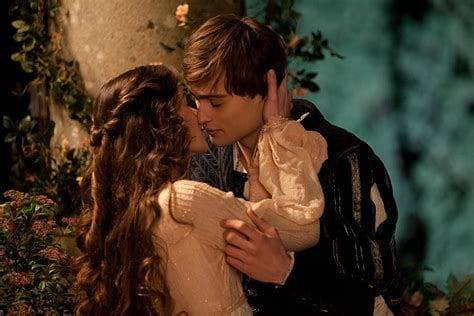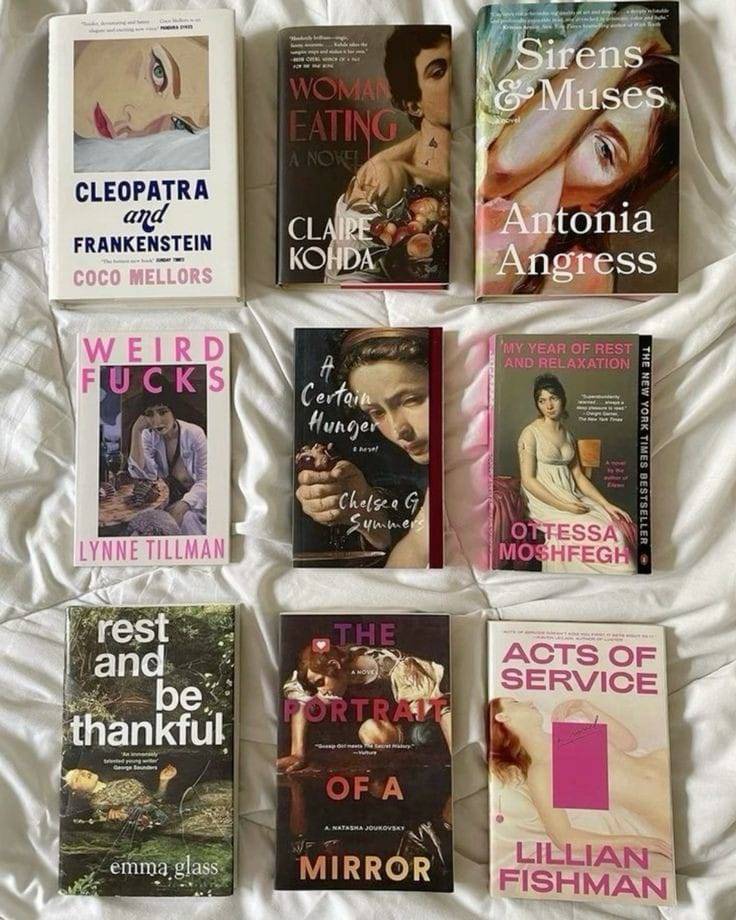Ah, romance novels – the literary equivalent of a warm, fuzzy blanket on a cold winter’s night. They’ve been captivating readers for centuries with tales of love, passion, and more plot twists than a soap opera. But if you ever find yourself in the halls of feminist discourse, you’ll soon realize that these novels are the subjects of some rather heated debates. Are they reinforcing harmful gender stereotypes, or are they empowering women by offering them a safe space to explore their desires and fantasies? Let’s dive into this literary tug-of-war and see where we land.
First, let’s take a stroll down memory lane to the early days of romance novels. Imagine it’s the 19th century: women are swooning over dashing heroes in breeches and cravats, all while sipping tea and lamenting their corsets. Back then, romance novels often depicted women as delicate flowers in need of a strong, manly man to rescue them. It’s like the literary equivalent of waiting for your Wi-Fi to connect – frustrating, but you’ve got no choice. Authors like Barbara Cartland and Georgette Heyer were the queens of this trope, creating heroines whose primary goal was to secure a husband and achieve social and economic stability. In today’s terms, it’s like swiping right until you find someone with a verified blue tick and a decent job.
Fast forward to the 21st century, and you might think things have changed. But alas, some stereotypes are as persistent as your Aunt asking when you’re going to get married. The “damsel in distress” and the “alpha male” are still alive and well, suggesting that a woman’s ultimate fulfillment comes from romantic love and marriage. Take “Fifty Shades of Grey,” for example. Christian Grey’s domineering ways and Anastasia Steele’s wide-eyed innocence have sparked many a heated debate. Critics argue it glamorizes control and undermines female autonomy. It’s the romantic equivalent of being stuck in an elevator with someone who insists on pressing all the buttons.
Talking about the implications of these stereotypes. Consuming media that reinforces narrow definitions of gender roles can shape how we see the world. It’s like binge-watching reality TV and then wondering why your life doesn’t have dramatic confessionals. Research suggests that these portrayals can influence our beliefs about gender, potentially leading to the acceptance of unequal power dynamics and limiting women’s perceptions of their own capabilities. This is concerning for young readers, who might internalize these messages during their formative years.
But hold on to your bookmarks, because there’s another side to this story. Among the sea of stereotypical narratives, a wave of feminist romance novels is making a splash. These novels feature strong, independent heroines who know what they want and aren’t afraid to go after it. Authors like Beverly Jenkins, Alyssa Cole, and Courtney Milan are flipping the script, offering narratives where women are in control of their destinies. In these stories, the heroines aren’t just waiting around for Prince Charming; they’re busy saving the kingdom, starting a business, or taking down a corrupt corporation. Think of them as the literary equivalent of Beyoncé’s “Run the World (Girls)” on repeat.
One of the most refreshing trends in modern romance novels is the increasing representation of diverse characters. Gone are the days when all protagonists looked like they stepped out of a Jane Austen novel. Contemporary romance novels now feature protagonists from various racial, cultural, and socio-economic backgrounds, as well as different sexual orientations and body types. Books like Helen Hoang’s “The Kiss Quotient” and Jasmine Guillory’s “The Wedding Date” are prime examples. They offer readers a broader spectrum of experiences and perspectives, proving that love isn’t one-size-fits-all. It’s like a literary buffet where everyone can find something that suits their taste.
Modern romance novels are also getting serious about issues of agency and consent. Gone are the days of questionable power dynamics and murky consent. Today’s narratives emphasize mutual respect, communication, and the heroine’s right to make decisions about her body and her relationships. Take Talia Hibbert’s “Get a Life, Chloe Brown,” for instance. The heroine, Chloe, is unapologetically herself and navigates her romantic relationship with clear boundaries and self-assuredness. It’s like watching a masterclass in how to own your story, one romantic subplot at a time.
Now, let’s talk about the real MVPs in this debate: the readers. Readers aren’t just passive consumers; they bring their own experiences, beliefs, and critical perspectives to the texts they engage with. This means that a reader can find empowerment in a romance novel by interpreting the narrative in ways that resonate with their values. For instance, a reader might appreciate a heroine’s emotional journey and personal growth, even within a stereotypical framework. It’s like finding a hidden gem in the bargain bin – unexpected but oh-so-satisfying.
For feminists who enjoy romance novels, striking a balance between critique and enjoyment is key. Being aware of and critical of the genre’s shortcomings doesn’t mean you can’t find pleasure and empowerment in these stories. It’s all about engaging with romance novels critically while still enjoying the escapism and emotional satisfaction they provide. Supporting authors who push the boundaries and offer progressive, inclusive stories is one way to promote positive change within the genre. It’s like choosing to shop at your local farmer’s market instead of the big-box store – a small act that supports a bigger cause.
Romance novels, much like your favorite rom-com, have the power to both reinforce and challenge societal norms. While they have historically perpetuated stereotypes and traditional gender roles, there is a growing movement within the genre that champions feminist ideals, diversity, and empowerment. The future of romance novels holds the potential for even more diverse, empowering, and feminist stories that resonate with readers and challenge outdated stereotypes. So, the next time you pick up a romance novel, remember: whether you’re swooning over a steamy love scene or rolling your eyes at a clichéd plot twist, you’re part of a larger conversation about love, power, and representation. And that’s something worth falling head over heels for.
So, can reading romance novels as a feminist be empowering or just reinforcing stereotypes? Well, here’s the scoop: even if you find yourself lost in a tale of a swoon-worthy, brooding hero (who may or may not own a shirt), it doesn’t mean you’re waving goodbye to your feminist membership card.
Sure, romance novels, from the cliché to the downright steamy, often feature dominant heroes and dramatic plots. But hey, feminism isn’t about policing your bookshelf—it’s about choice and agency, even if that choice involves diving into some dark romance where the stakes are high and the tension is… Intense.
And let’s not forget, amidst all the bodice-ripping and passionate embraces, modern romance is evolving. It’s not just about swooning heroines waiting to be rescued anymore; it’s about strong, complex characters who navigate their own desires and destinies. So, whether you’re into clichés or craving some dark twists, the key is to enjoy your reading, chuckle at the tropes, and maybe, just maybe, find a little empowerment along the way.


